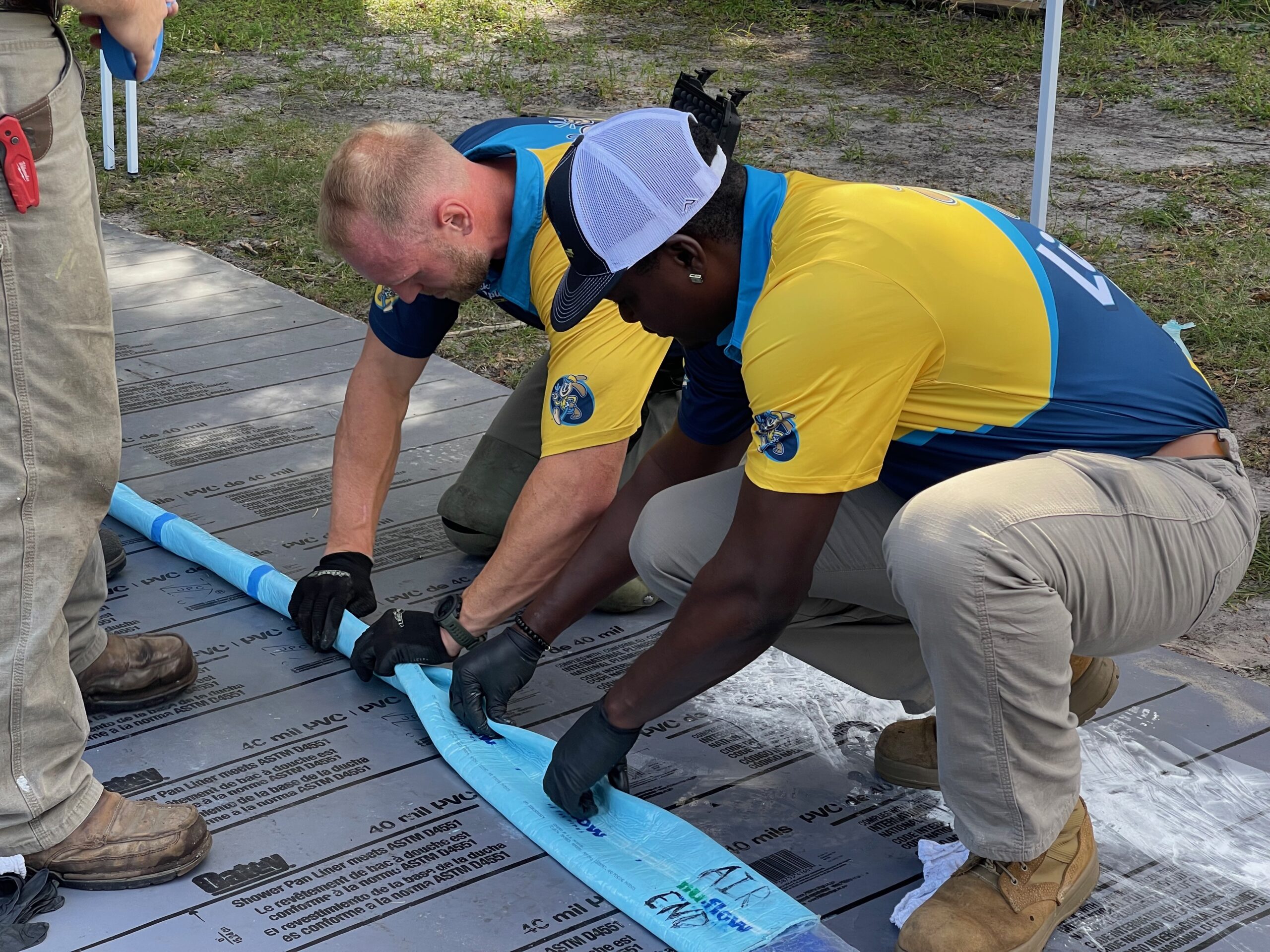
What is Pipe Lining?
In the world of plumbing and sewer maintenance, few innovations have offered as much value and efficiency as pipe lining. This revolutionary method, also known as cured in place pipe (CIPP) lining or trenchless pipe lining, has transformed how professionals approach pipe repairs, especially in hard-to-reach or delicate infrastructure areas. Whether you’re a homeowner, business owner, or curious individual, understanding pipe lining can save you time, money, and the inconvenience of traditional pipe repair methods.
The Basics of Pipe Lining: A Comprehensive Guide
Pipe lining, a marvel of modern plumbing technology, offers an ingenious solution for revitalizing old, damaged, or leaky pipes. This innovative technique involves the insertion of a flexible tube—often referred to as a liner or sleeve—coated with a special resin into the compromised pipe. The essence of this process lies in its simplicity and effectiveness; once the liner is accurately positioned within the old pipe, it is inflated to snugly fit against the pipe’s interior walls.
This inflation process is crucial as it ensures the resin-coated liner fully adheres to the existing pipe, covering any cracks, breaks, or weak spots with precision. Following inflation, a waiting period ensues where the resin undergoes a curing phase. During this phase, the resin transforms from a liquid or semi-liquid state to a hardened, durable material, effectively creating a new pipe within the old one. This new pipe is not just a patch or a temporary fix; it’s a long-lasting solution that often surpasses the original pipe in both durability and functionality.
What makes pipe lining particularly appealing, especially for sewer pipe lining projects, is its trenchless nature. Traditional pipe repair methods typically require extensive and disruptive excavation to access the pipe, which can be both time-consuming and expensive. The beauty of pipe lining lies in its ability to repair pipes from the inside out, eliminating the need for large-scale digging and the associated costs and inconveniences. This aspect is particularly beneficial in urban areas or landscapes where excavation could damage property, gardens, or hardscaping.
Moreover, the versatility of pipe lining extends beyond just sewer pipes. It can be applied to residential, commercial, and industrial pipe systems, making it a universally appealing option for a wide range of piping issues. Whether dealing with root intrusion, age-related wear and tear, or environmental damage, pipe lining provides a reliable and efficient solution.
In summary, the basics of pipe lining present a forward-thinking approach to pipe repair. By opting for this method, property owners can avoid the hassle and expense of traditional excavation, enjoy a quicker turnaround time, and achieve a high-quality repair that extends the life of their piping systems. With its combination of effectiveness, efficiency, and minimal disruption, pipe lining stands out as a preferred choice for modern plumbing repairs.
Advantages of Pipe Lining
The adoption of pipe lining techniques in the plumbing industry has brought about a significant shift in how pipe repairs are approached, offering a plethora of advantages over traditional repair methods. Here are some of the key benefits that make pipe lining a favored choice among professionals and property owners alike:
Minimized Disruption
One of the most compelling benefits of pipe lining is the minimal disruption it causes to daily life and the environment. Unlike traditional methods that often require extensive excavation, pipe lining is performed through existing access points, eliminating the need for large trenches. This approach not only preserves landscapes and hardscapes but also significantly reduces the repair time.
Cost Efficiency
While the upfront cost of pipe lining may seem comparable or slightly higher than traditional methods, it is considerably more cost-effective in the long run. By eliminating the need for excavation, property restoration, and prolonged labor, the overall expense of pipe repair is reduced. Additionally, the durability and longevity of lined pipes mean fewer repairs and maintenance in the future, leading to substantial savings over time.
Enhanced Durability
Pipe lining materials are designed to withstand harsh conditions, including aggressive chemical environments, high pressure, and root intrusion. The new pipe formed within the old one is corrosion-resistant, preventing leaks and cracks, thereby extending the lifespan of the pipe system significantly.
Improved Flow Efficiency
The smooth surface of the cured resin inside the lined pipe reduces friction and can improve the flow capacity of the pipe. This not only enhances the efficiency of the piping system but also reduces the likelihood of blockages, ensuring a more consistent and reliable flow.
Environmentally Friendly
Pipe lining is a more sustainable repair method compared to traditional techniques. By avoiding excavation, the process minimizes the disturbance to the surrounding ecosystem, reduces the carbon footprint associated with heavy machinery, and conserves resources by rehabilitating existing pipes instead of replacing them.
Versatility
Pipe lining can be applied to a wide variety of pipe materials, including cast iron, clay, concrete, and PVC, and it is effective for pipes of different diameters and lengths. This versatility makes it suitable for not only sewer lines but also water mains, industrial pipelines, and even residential plumbing systems.
In essence, the advantages of pipe lining underscore its value as a modern, efficient, and sustainable solution for pipe repair and rehabilitation. Whether dealing with aging infrastructure, environmental conservation, or the need for cost-effective repairs, pipe lining emerges as a superior choice that addresses all these concerns with remarkable efficiency.
Understanding Pipe Lining Costs
The cost of pipe lining varies depending on several factors, including the length and diameter of the pipes, the extent of the damage, and the accessibility of the site. However, when comparing the overall expenses, sewer pipe lining is often more cost-effective than replacing the pipes entirely. Investing in pipe lining can prevent future leaks and damage, ultimately saving money on potential emergencies and water loss.
Conclusion: The Pipe Lining Process
If you’re dealing with pipe issues, consider the benefits of pipe lining before opting for more traditional and disruptive methods. Lickety-Split, your trusted plumbing expert, is here to help evaluate your situation and determine if pipe lining is the right solution for you. Contact us today to learn more about our pipe lining services and how we can assist you in preserving your property’s integrity with the latest in plumbing technology.
Recent News
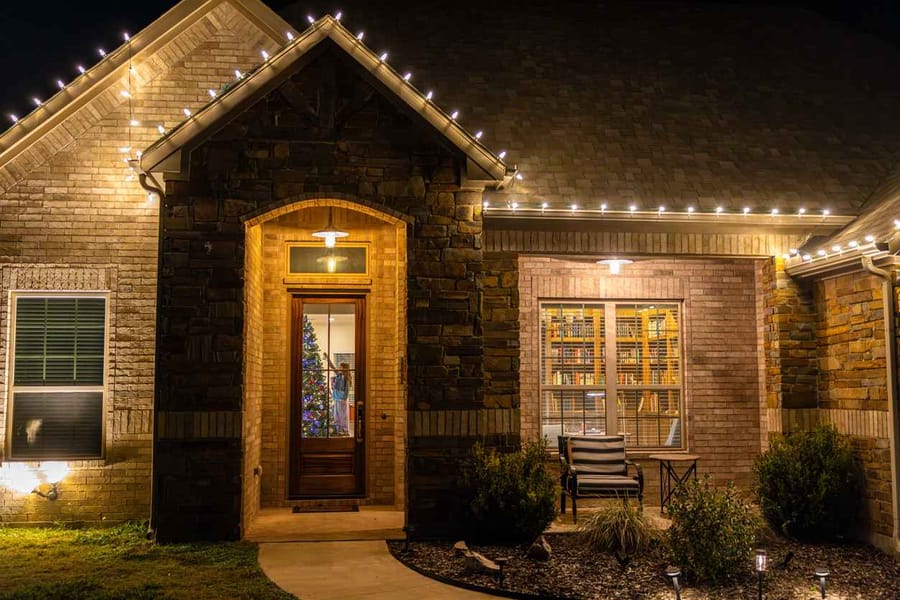
Lighting the Night Safely: Outdoor & Holiday Lighting Tips for Florida Winters

Florida Fall HVAC Tune-Up Guide: Get Your System Ready for Cool Nights & Humid Days
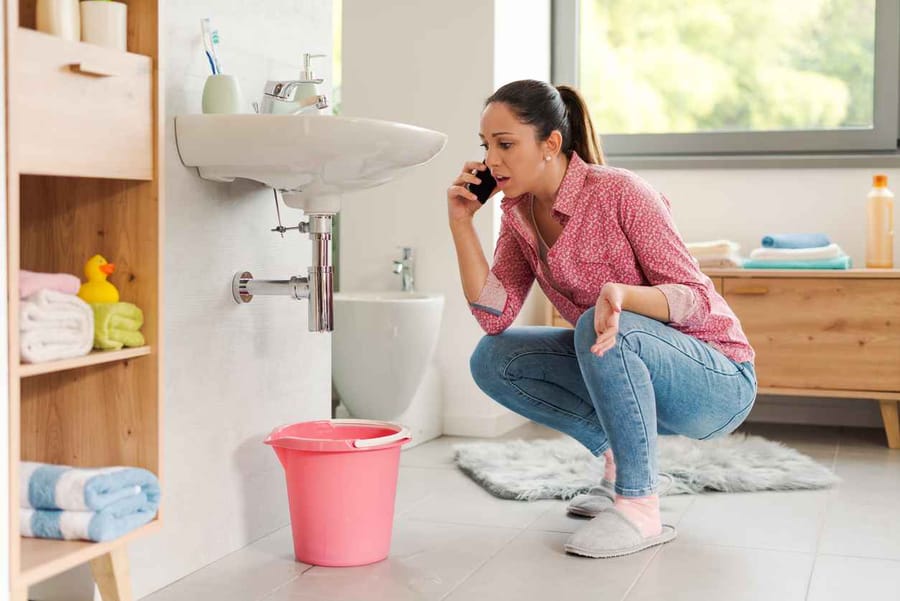
Why Emergency Plumbing Is So Expensive and 4 Ways to Avoid Needing It
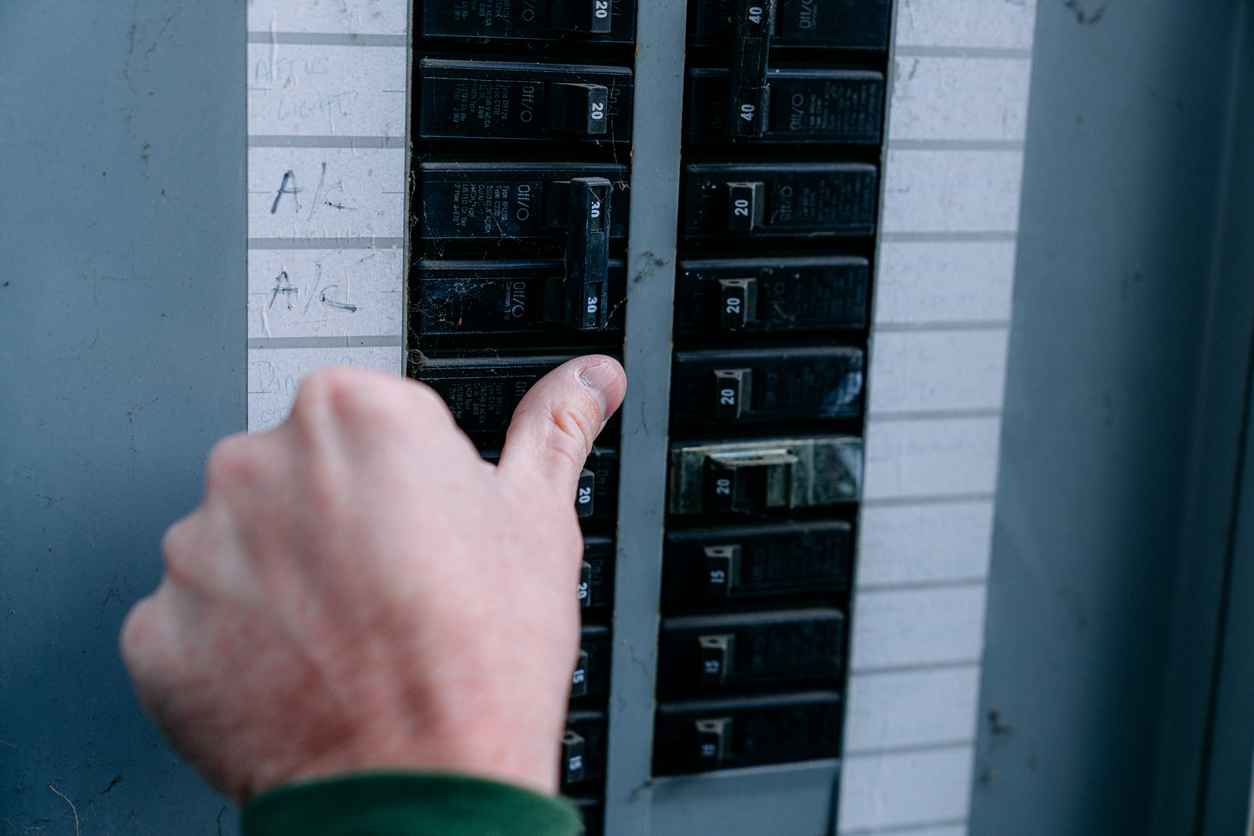
How to Know if You Actually Need a Panel Upgrade
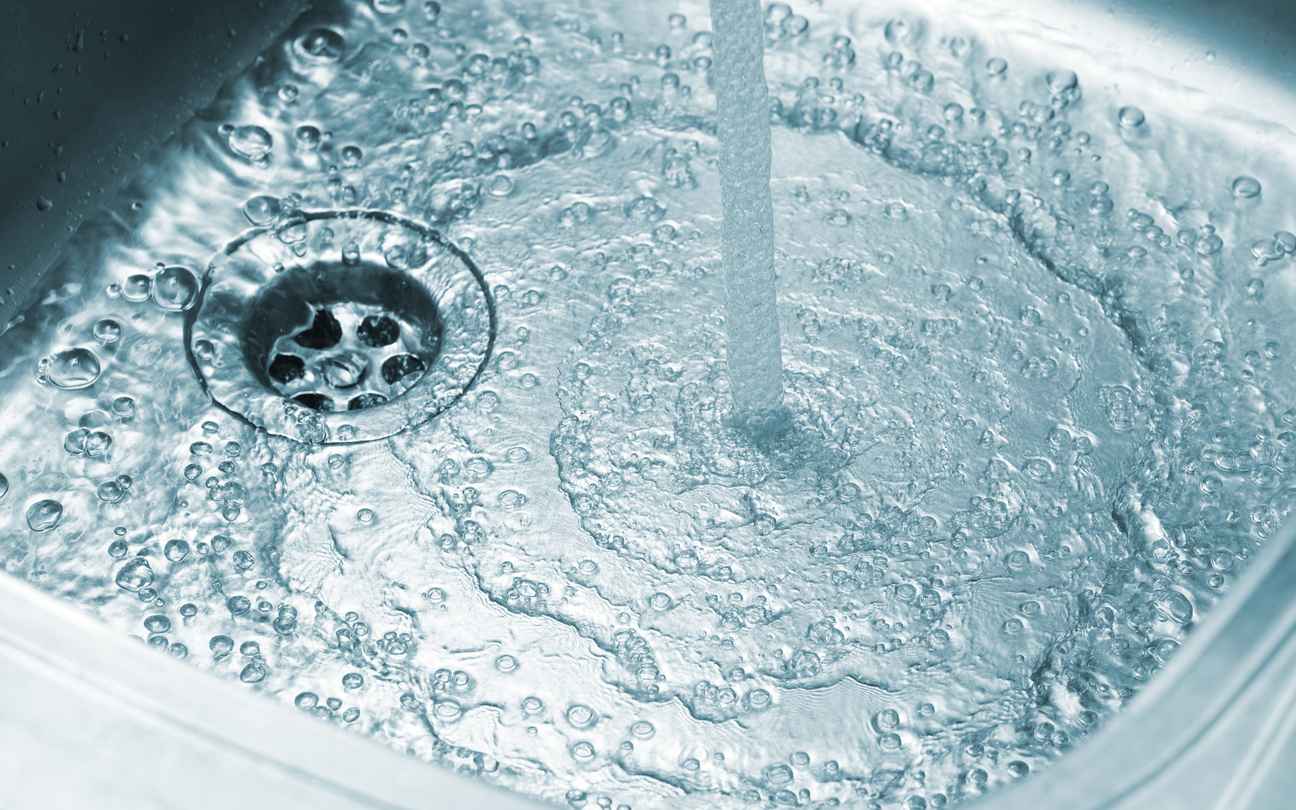
Understanding the Importance of Regular Drain Cleaning

How to Get Rid of Sewer Flies
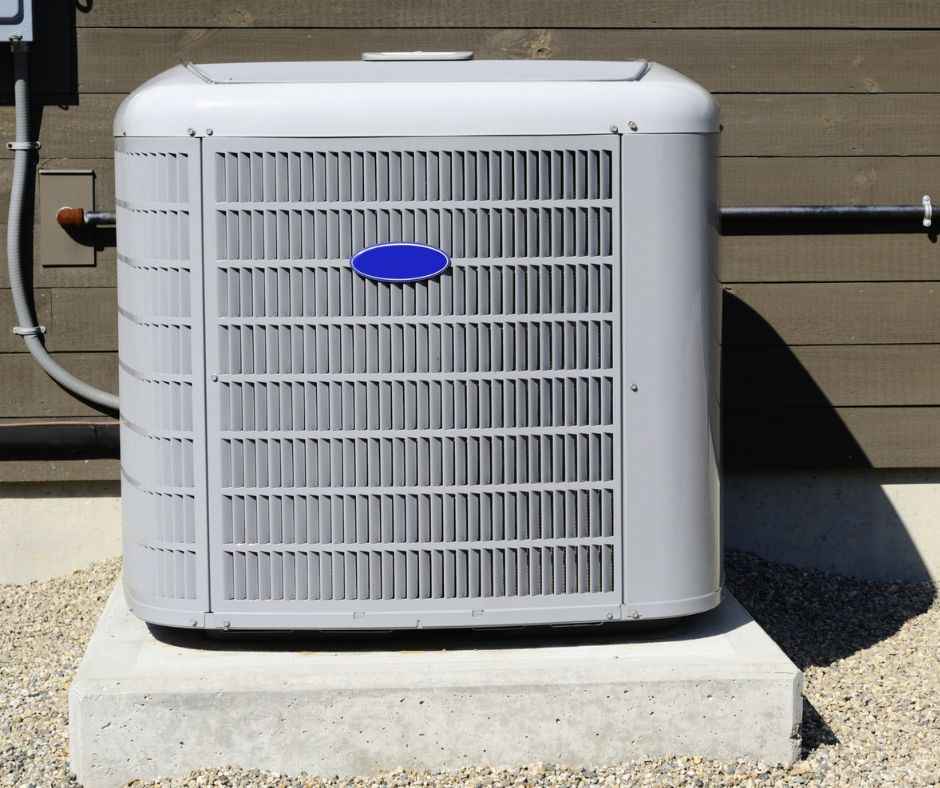
Why is My AC Freezing Up?

